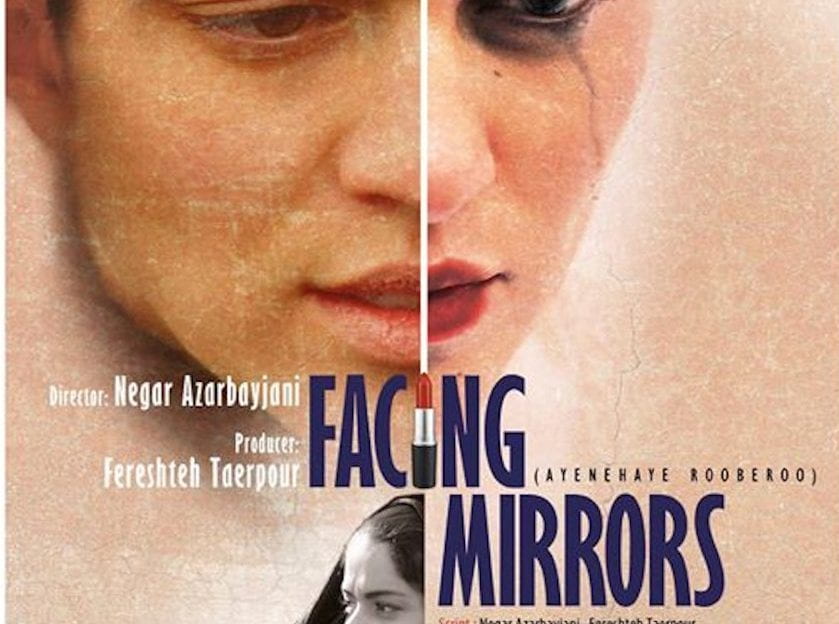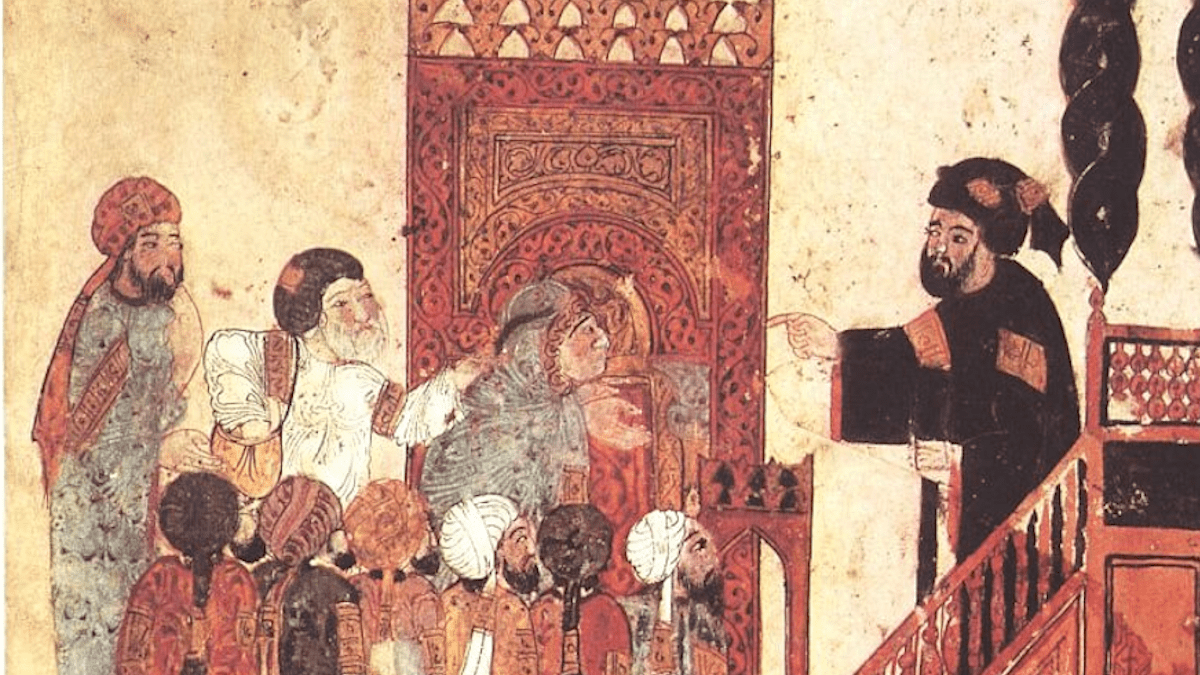Tag LGBTQI+
by guest contributor Shireen Hamza
by contributing editor Brooke Palmieri It would make an amazing opening sequence to a film: the camera catches the glint of chrome, leather, motorcycle, boots, asphalt. A helmet is secured, and a stack of books and belongings piled onto the… Continue Reading →
By guest contributor Mia D’Avanza A screen-printed poster with the familiar Coca-Cola logo, reading “Enjoy AZT”, greeted visitors to the recent show positive/negative: HIV/AIDS at NYU’s Tracey/Barry Gallery. The poster, produced for AIDS activist group ACT UP, alters the Coke logo… Continue Reading →
by Emily Rutherford In the papers this week was the news (slow, it seems, to come to the mainstream media’s attention) that, thanks to a Kickstarter campaign, University of British Columbia graduate student Justin O’Hearn helped to fund the UBC… Continue Reading →



